Address
Plot No. - M88, MIDC, Ambad, Nashik - 422010, Maharashtra, India
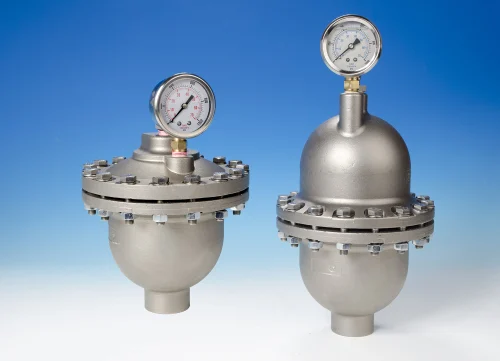
A pulsation dampener is a container with gas inside, normally dry nitrogen.
In every pulsation dampener there is a separator element between the gas it is charged with and the liquid of the circuit; its basic function being to avoid the leaking of the gas into the circuit. This separator element is basically made of two kinds of materials: Rubber (NBR, EPDM, FPM, butyl, silicone, etc…) or a thermoplastic material (normally PTFE); although it can also be made in stainless steel
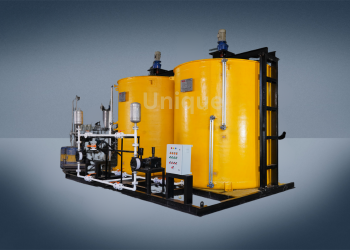
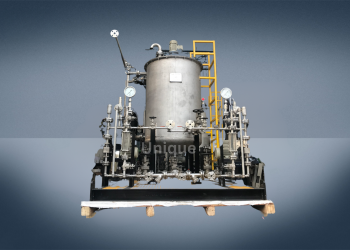
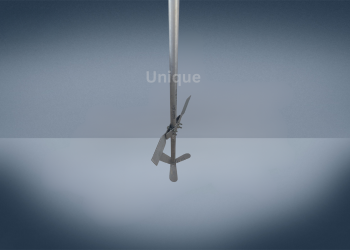
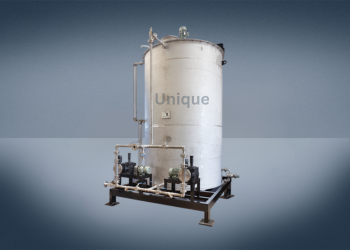
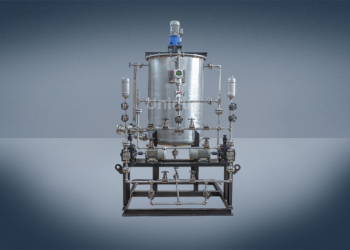
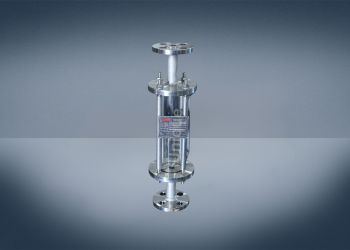
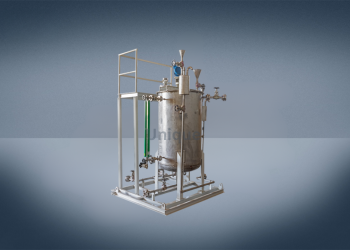
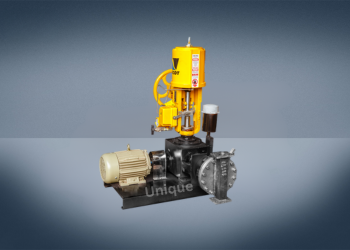

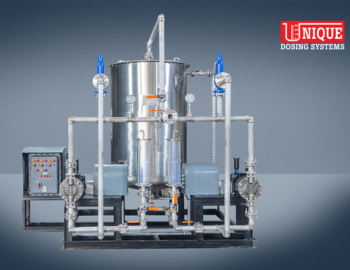
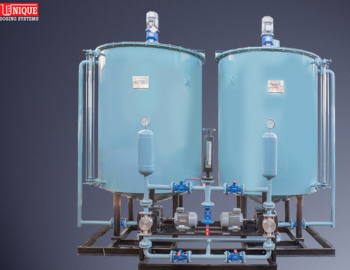

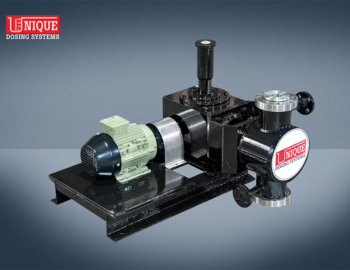
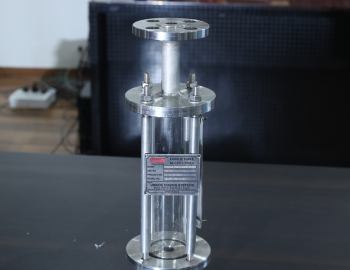
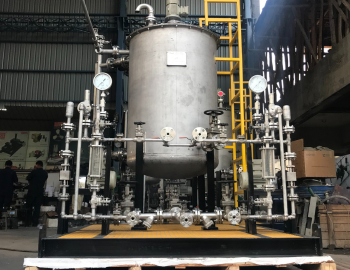

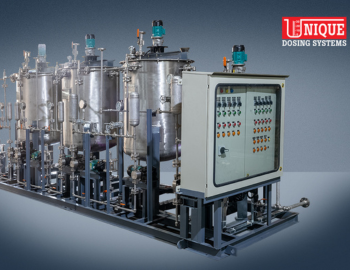
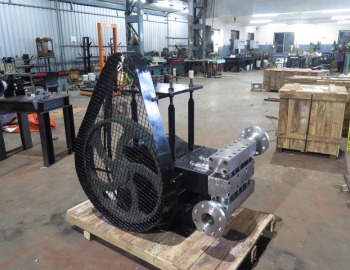

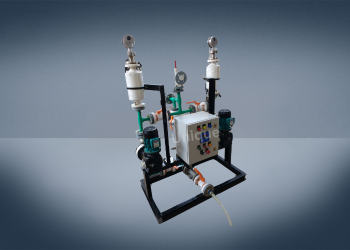
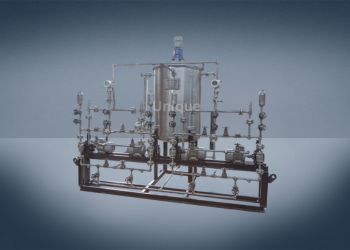

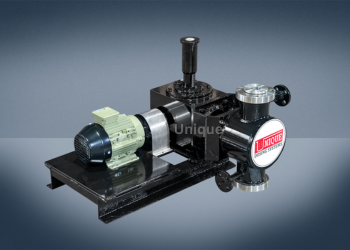




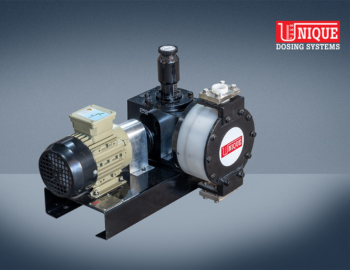
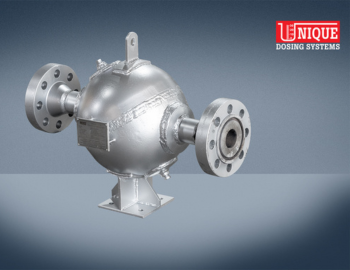
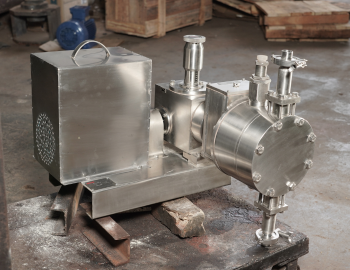


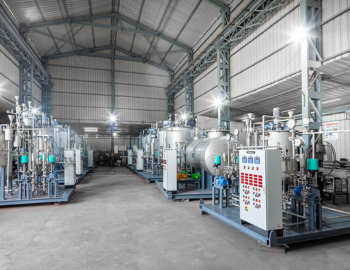
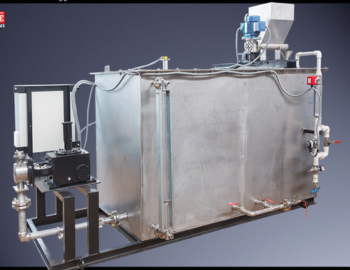
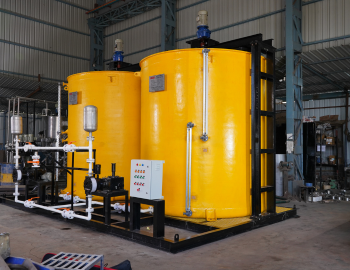
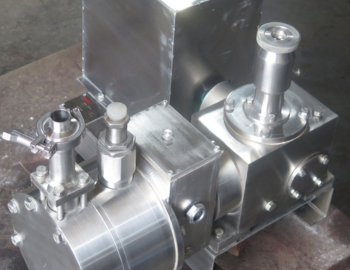
Bring to the table win-win survival strategies to ensure
proactive domination. At the end of the day, going for
ward, a new normal.
+ Country
Satisfied clients
Years experiences
Qualty paramerters
When a separate rubber is used, the shock absorber is called a bladder shock absorber. If the material is PTFE, we are talking about membranes and dampers, depending on the product. Special design shock absorber. All vibration dampers are designed to ASME VIII Div. ) changes in customer needs.